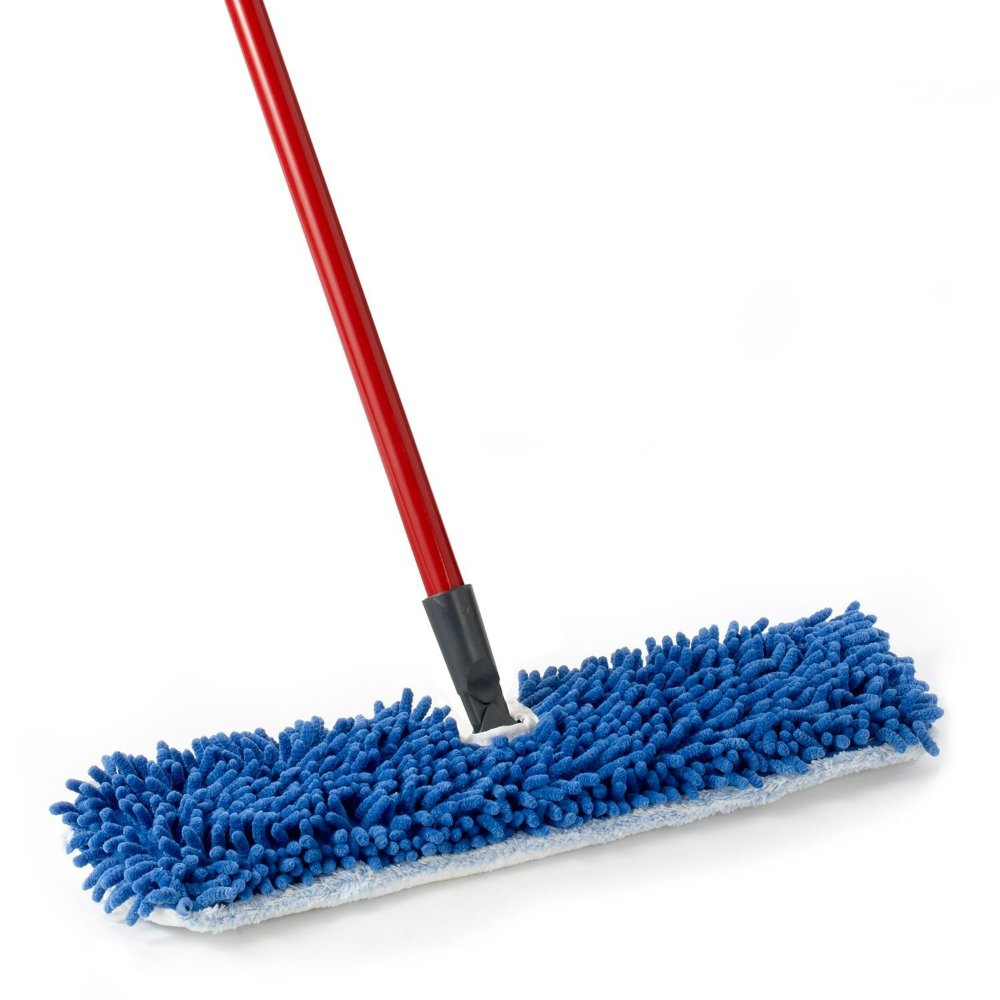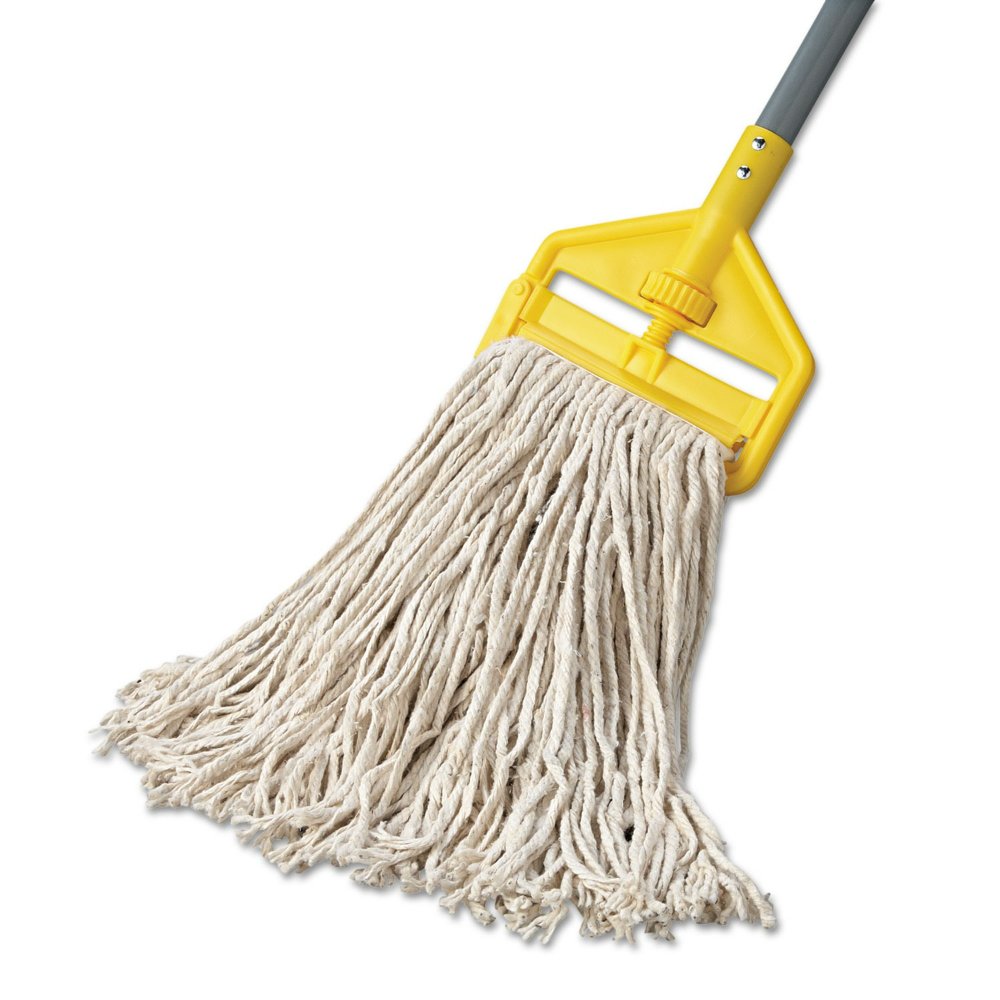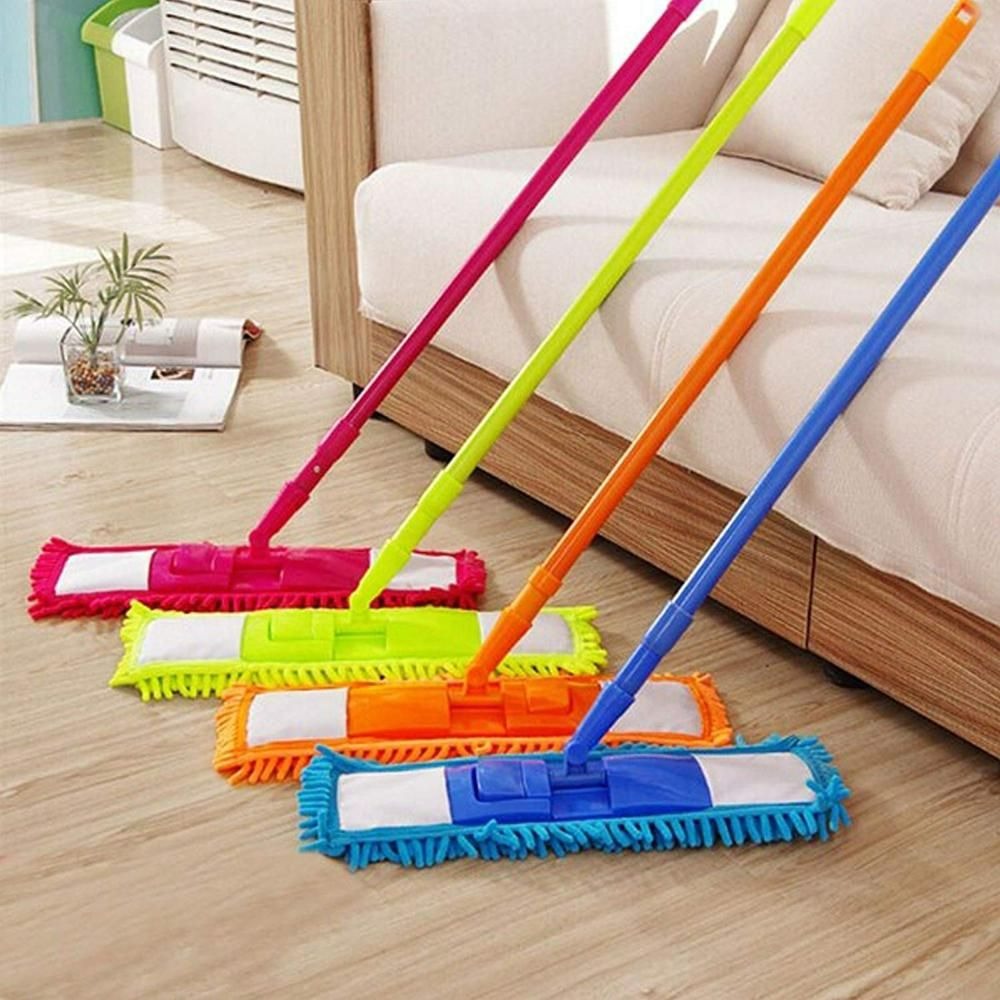Why Proper Mop Maintenance is Crucial
Taking care of your mop is fundamental for several reasons. Firstly, it ensures that the mop cleans effectively. A well-maintained mop can remove dirt and grime without leaving streaks or residue. Secondly, it prevents the spread of bacteria and odors. Mops can harbor bacteria, which can lead to unpleasant smells and potentially sickness. Thirdly, maintaining your cleaning tool can extend its life, saving you money in the long run. By keeping the mop in good condition, you won’t need to replace it as frequently. Lastly, proper cleaning tool care contributes to a healthier environment. Using a clean mop reduces allergens and improves indoor air quality.
It’s clear that mop maintenance is a critical aspect of household cleaning. It impacts not only cleanliness but also health and cost-effectiveness. Regular care keeps your cleaning tool working at its best, making your cleaning routine more efficient and hygienic. In the next sections, we’ll dive into the different types of mops available and outline the specific care each requires.

Types of Mops and Their Specific Care Needs
When choosing a mop, consider its specific care requirements. There are several types, each needing different maintenance methods.
Flat mops are known for their ease of use on hard floors. They typically feature a reusable pad or disposable cloth. To keep them in good condition, wash the reusable pads regularly in a washing machine and replace disposable cloths after each use.
Sponge mops excel in cleaning uneven surfaces and spills because of their absorbent head. After each use, rinse the sponge thoroughly under running water. Every few weeks, soak the mop head in a mixture of hot water and mild detergent to prevent mold growth.
String mops, often used for heavy-duty cleaning, require diligent upkeep. After cleaning, rinse the mop strands well to remove all dirt and cleaning agent residues. Hang the mop head up to air dry completely before storing it to avoid mildew and odors.
Steam mops use heated steam to clean and disinfect floors. It’s crucial to use only distilled water in these mops to prevent mineral buildup. Frequently replace the cleaning pad to maintain its effectiveness.
By understanding the type of mop you own and its care needs, you can maintain its cleanliness and prolong its lifespan. This leads to more effective cleaning and saves money in the long term.
Daily Mop Cleaning: Step-by-Step
Regular daily cleaning of your mop is essential to keep it effective and hygienic. For all cleaning tool types mentioned, here’s a quick step-by-step routine to follow after each use.
Step 1: Shake or Rinse Off Debris. Immediately after use, shake the mop outdoors to remove any loose dirt. For mops with heads that are less likely to release debris easily, like sponge mops, rinse them under running water.
Step 2: Hand Wash or Machine Wash. If your cleaning tool has a removable head, like many flat mops, detach it and hand wash or put it in a washing machine on a gentle cycle using mild detergent.
Step 3: Air Dry Thoroughly. Whether you handwash or machine wash the mop head, always air dry it completely. Hang it up or lay it flat in a well-ventilated area. This is crucial for preventing mildew and bad odors.
Step 4: Inspect for Damage. As you clean, inspect the cleaning tool for any wear and tear. Look for frayed strands or a deteriorating sponge. If you find any, it may be time for a replacement.
Step 5: Store Properly. Once the cleaning tool is completely dry, store it in a cool, dry place. Upright storage is preferred for string mops to keep the strands straight and ready for the next use.
By following these simple daily cleaning steps, you ensure that your mop remains clean, odor-free, and durable for its next use. It’s a simple habit that extends the life of your mop and maintains the cleanliness of your floors.

Deep-Cleaning Your Mop: Techniques and Tips
Besides daily cleaning, your cleaning tool requires occasional deep-cleaning. This keeps the mop fresh and extends its lifespan. Here are some easy techniques and tips to deep-clean your mop.
Flat Mops: Remove the pad and wash it in hot water with a heavy-duty detergent. For stubborn stains, pre-soak the pad in a mixture of hot water and baking soda before washing.
Sponge Mops: Mix a solution of one gallon of hot water with a cup of vinegar. Soak the sponge head in the solution for at least an hour, then rinse thoroughly.
String Mops: Prepare a cleaning mix of hot water and bleach (following the bleach’s recommended dilution ratio). Soak the string mop head for 15 minutes, then rinse it well. Always wear gloves to protect your hands.
Steam Mops: Replace the cleaning pads regularly. Once a month, run your steam mop with distilled vinegar to break down any mineral deposits.
Use these deep-cleaning tips to tackle tough dirt and maintain mop hygiene. Always ensure proper ventilation while using cleaning solutions. After deep-cleaning, let the mop dry completely before storing it. This prevents unwanted mold and mildew buildup. Regular deep-cleaning, paired with proper daily care, keeps your cleaning tool in top-notch condition and ready for any cleaning challenge.
Storing Your Mop to Maximize Longevity
Proper storage of your mop is key to extending its life. Here are the best methods to ensure optimal storage:
- Choose an Appropriate Area: Store your cleaning tool in a cool, dry place. Moisture can lead to mold growth and a musty smell.
- Hang it Up: For string mops and other types with dangling strands, hang them vertically. This prevents the strands from tangling or getting crushed, which could affect their cleaning efficiency.
- Avoid Sunlight: Do not store mops in direct sunlight. UV rays can degrade the materials, especially the fibers in the mop heads.
- Keep it Off the Floor: Storing the cleaning tool off the floor prevents it from picking up dust and debris. Use a mounted holder or a hook to keep the mop elevated.
- Do Not Store Wet: Always ensure the mop is completely dry before storage. A damp mop can harbor bacterial growth and unpleasant odors.
By following these storage tips, you maintain the functionality and longevity of your cleaning tool, ensuring it’s ready for your next cleaning session.

Preventing Mold and Mildew on Mops
Mold and mildew can ruin your mop and pose health risks. Preventing these issues is crucial in cleaning tool maintenance. Here are practical measures to keep your cleaning tool free from mold and mildew:
- Dry Thoroughly After Each Use: Always air dry your cleaning tool completely before storing it. Moisture is the primary cause of mold and mildew.
- Use Proper Cleaning Solutions: Sometimes, water isn’t enough. Mix a small amount of vinegar with water for rinsing the cleaning tool. This mixture helps prevent mold growth.
- Avoid Excess Water: When cleaning your cleaning tool, make sure to wring it out properly. Excess moisture can lead to mold.
- Store in a Dry, Ventilated Area: Keep your cleaning tool in a dry area with good ventilation. This reduces moisture buildup, which prevents mold and mildew.
- Check Regularly: Inspect your mop periodically for any signs of mold or musty smells. If you spot mold, clean the mop immediately or consider replacing it.
By implementing these steps, you can keep your mop free of mold and mildew, ensuring it’s effective and safe to use.
When to Replace Your Mop: Recognizing the Signs
Knowing when to replace your mops is essential for effective cleaning. Look for these signs that indicate it’s time for a new one. First, if the mop head shows signs of fraying or tearing, it won’t clean floors well. Second, a permanent bad odor, despite thorough cleaning, suggests bacteria buildup. Third, if the cleaning tool leaves streaks or residue, this means it’s not performing properly. Fourth, when the mop head becomes too stiff or loses its absorbency, its cleaning power is compromised. Lastly, if the handle or any other part of the mop is broken or malfunctioning, it’s safer and more efficient to get a new one. By watching for these indicators, you can ensure your mop always works at its best and maintains the cleanliness of your floors.